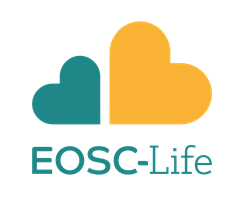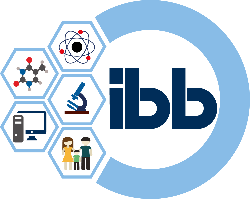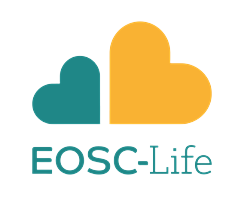About PIDAR
The Preclinical Image DAtaset Repository (PIDAR) is a public repository of metadata information of preclinical image datasets from any imaging modality associated to peer-review publications. The imaging metadata are organized as “collections” defined by a common disease, image modality or sub type (MRI, CT, PET, etc) or research focus. An emphasis is made to provide supporting data related to the images such as outcomes, treatment details, genomics and expert analyses. The main aim of this repository is to make the dataset FAIR: Findable, Accessible, Interoperable and Reusable inside the scientific community. All the dataset are supposed to be accessible through a license.
Download PIDAR
PIDAR allows the access to the full repository and the download of all the datasets in Json format . The file is always updated through the database and contains all the metadata list with references to the ontology.
Ontology references and Metadata
Ontologies are widely used in biological and biomedical research.
The goal is to make the research easier with the use of synonyms which are coded by the ontology of each field. Six principal metadata have been treated with the use of ontology.
Imaging modality and imaging sub modality have been analyzed with the NCIT ontology . NCI Thesaurus (NCIt) is a reference terminology that includes broad coverage of scientific fields. Accordingly, anatomical organs and tissues, genes, species and strains have been analyzed with NCIT ontology. The NCIt OBO Edition aims to increase integration of the NCIt with OBO Library ontologies. NCIt OBO Edition releases should be considered experimental.
Pharmacological and anesthetic drugs , as well as contrast agents , have been coded via Chebi ontology. Chemical Entities of Biological Interest (ChEBI) is a freely available dictionary of molecular entities focused on ‘small’ chemical compounds. The molecular entities in question are either natural products or synthetic products used to intervene in the processes of living organisms. Furthermore, the drugs have been coupled with the European Chemical Biology Database (ECBD) , which is a central data hub for data generated within the EU-OPENSCREEN network. ECBD is developed in line with the FAIR principles defined above.
The disease models are supported by the DOID codes which refer to the Disease ontology , used to describe the classification of human diseases organized by etiology.
Regarding Cell lines, the Cell Line Ontology (CLO) has been used. CLO is a community-based ontology of cell lines, developed to unify publicly available cell line entry data from multiple sources into a standardized logically defined format based on consensus design patterns.
Additionally, Disease models have been linked to a strains’ repository . Links to the EMMA strains that carry transgenes or mutant alleles have been included, which are annotated as registered models of specific cancer types by the reference Mouse Genomic Informatics (MGI) resource, following expert human analysis/confirmation of the relevant peer-reviewed publications.
For an easier research management, a drop-down menu has been implemented which allows the research for specific metadata. The metadata selectable from the menu are the principal ones, described above with the ontology supporting codes.
Acknowledgements
We thank funding from the European Union’s Horizon 2020 programme under grant agreement number 824087 - EOSC-LIFE project.
License

This work is shared with License Creative Commons Attribuzione 4.0 Internazionale.
Cite us
PIDAR is also mentioned inside the FAIRsharing website
You can cite us under the DOI of FAIRsharing DOI 10.25504/FAIRsharing.f64055
You can also see inside the Re3data page and cite us under the DOI http://doi.org/10.17616/R31NJNGK








